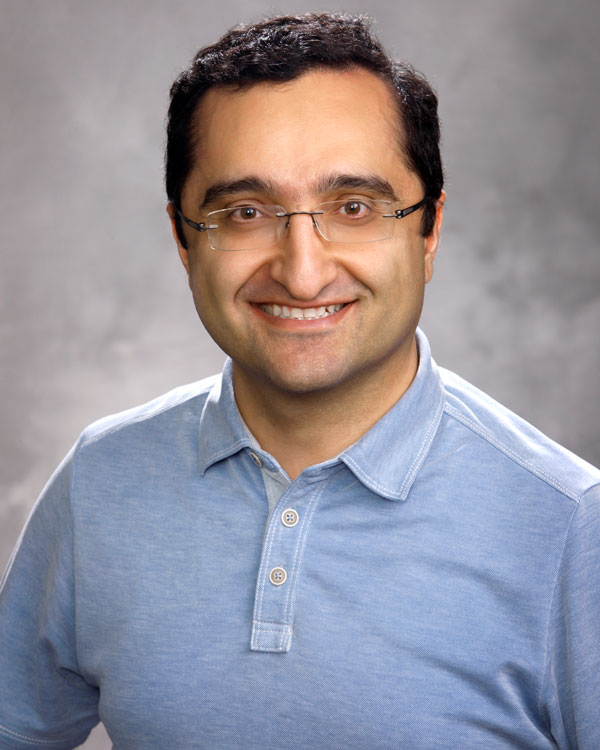
Sandia applied mathematician Khachik Sargsyan has brought his mind to bear on problems involving combustion, fusion and chemical kinetics — specifically from the viewpoint of probability modeling and quantifying uncertainties in physical systems.
Khachik is now turning his expertise to climate security.
“I am developing algorithms to improve model predictions in light of observational data,” he said. “These are not the weather predictions that we see on media every day, but rather climate trends on decadal scales. The exploding field of machine learning, fueled by traditional statistical methods, helps us tune climate models and provide quantifiable estimates of risks and uncertainties under various scenarios.”
And in climate change, there can be a lot of uncertainty. When considering just the nation, the many climates, carbon absorption of different species of plant life and the climate change impact of different industries are just some of the sources of data climatologists must take into account.
“Simulating complex climate models under multiple scenarios helps draw conclusions augmented with confidence estimates,” Khachik said.
Khachik is doing uncertainty quantification for the Energy Exascale Earth System Model, DOE’s flagship climate model, assisting climate scientists from Oak Ridge, Lawrence Berkeley, Pacific Northwest and Argonne national laboratories in their efforts to improve predictability of the land model.
“The algorithm helps them optimally create parameter settings and scenarios so they can run multiple simulations that inform the data in the most efficient way,” Khachik explained.
Data from observational campaigns and accurate model simulations can help decision-making and potentially inform national policy.
“We are far from comprehensive understanding of all of these models — land model, for example, looks at CO2 uptake, vegetation impact and biogeochemistry on climate systems, involving a variety of complex physical phenomena and modeling assumptions,” he added.
Khachik describes himself as a “math person” who derives personal satisfaction when things on paper are justified by numerical simulations, leading to results that benefit his colleagues. He is happy to do his part to help not just a Sandia priority but the threat of climate change.
“Part of me thinks this is leading to improvements in some small corners of the climate modeling community, improving the models, steering toward better data which can potentially lead to better decisions,” Khachik said. “It makes you proud that you are part of that.”